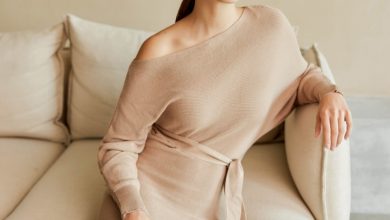Pros Cons Of Different Fabric
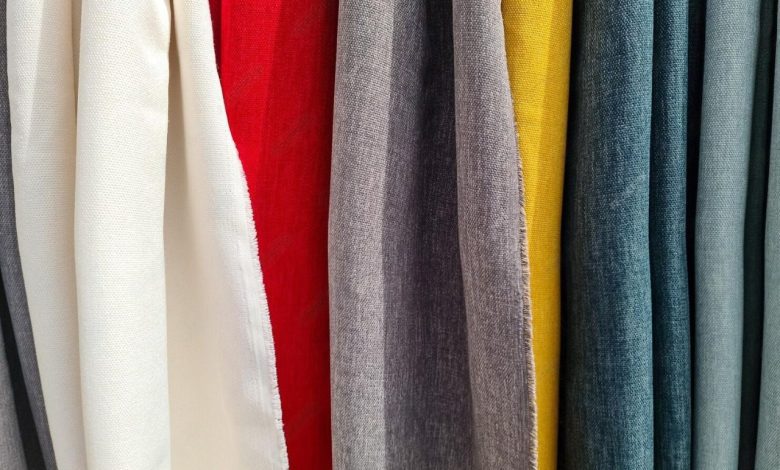
Fabric is a key component in the design and manufacture of clothing. The right material is just as important as the correct size and color. It can be difficult to choose the right fabric from the countless options available. To make the best choice, it is important to understand apparel materials. Each material has its pros and cons. The pros and cons of some types of fabric.
Natural Fibers
Cotton – Breathable, inexpensive

After being spun into threads and woven, cotton is transformed into fabric. This process is quite complex and mostly performed by machines.
ADVANTAGES It is breathable, cheap, resistant to static, and can withstand heat.
DISADVANTAGES are prone to shrinking, stretching, and wrinkling.
Cleaning Tips: Cotton is washable in any temperature of water, but higher temperatures will remove stains better. However, hot water may shrink the fabric.
Linen – one of the oldest textile fibers
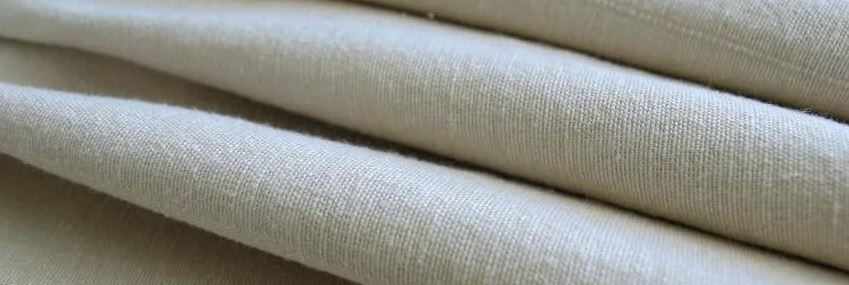
The flax plant fiber is used to make linen. It is difficult to harvest and therefore expensive. To turn it into fabric, you need to use a lot of chemicals and compress the flax plant.
ADVANTAGES: It is easy to clean and can help you stay cool. Natural dyes are used in organic linen, making it healthier for both you and the planet.
DISADVANTAGE It could be very, very expensive.
Cleaning Tips: Wash and tumble dry your fabrics regularly.
Silk – Expensive, but smooth

The caterpillars of an adult moth are called silkworms. The fibers of silk are harvested with steam and spun into long threads. These are then treated, dyed, and woven to create silk clothing.
ADVANTAGES Has a high luster and is stain-resistant.
DISADVANTAGES Is expensive and degrades with time, making it difficult to preserve.
Cleaning Tips: It is recommended to hand wash silk even if it says on the label that the item can be machine washed. If you choose to machine wash the silk, it MUST be done on delicate.
The wool is a good insulator
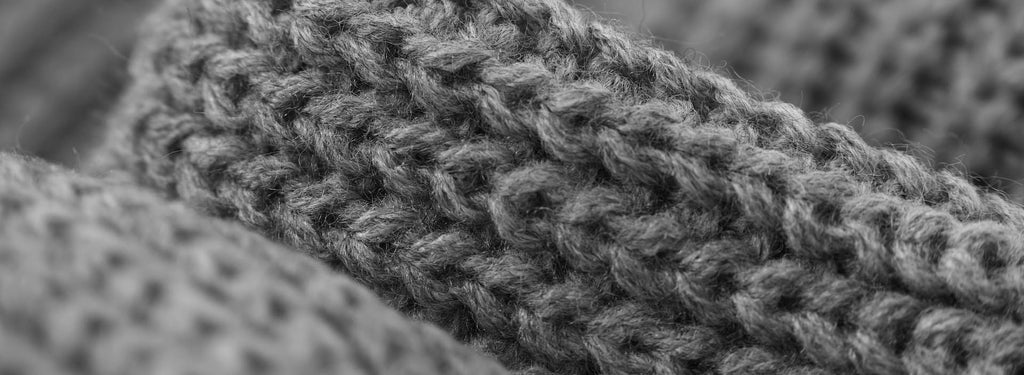
Shearing the wool from the sheep is followed by a quality check and preparation for spinning. The fibers of wool are spun into long strands.
ADVANTAGES It retains moisture without feeling damp, and is also a good thermal insulator.
DISADVANTAGES Heat and moisture can make it felt.
Cleaning Tips: Soak wool in cool water and gently rub anywhere that requires extra cleaning. It can be washed in the machine but it is best to use
Then, wash it in cold water and let it air dry.
Leather
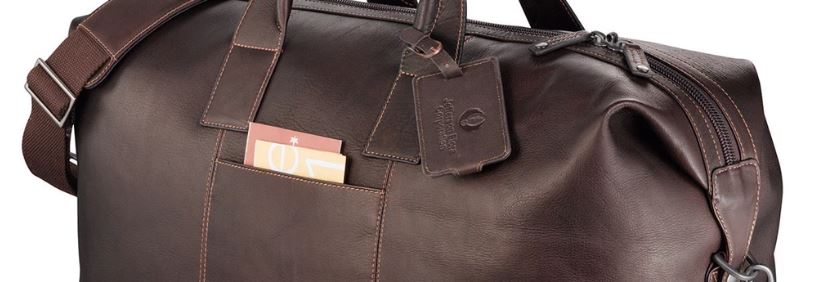
Leather is the only clothing material made from mammals, aside from wool. Leather is made from hides of many different animals, including cows and pigs. It can also be made using sheep, goats or alligators. Cow hides, by far, are the most common animal hides used to make real leather. Leather is made by stripping hides of their hair and flesh. They are then dried, salted and tanned. The process of creating leather may seem inhuman, but it is a way to use up animal hides that would have otherwise been wasted by the meat and dairy industry. Cows are rarely killed for their hides.
Leather Advantages
- Tough
- Durable
- Fashionably Timeless
Leather Disadvantages
- Can get stretch marks
- No Breathability
- It can be costly
Synthetic fibers
Nylon – one of the strongest textiles

The spinneret is used to force molten nylon into very small holes. Once they are in contact with the air, the nylon streams harden and become filament. The bobbins are wound with them. After cooling, these fibres are stretched. It is often given a further treatment to change the texture or give it more bulk.
ADVANTAGES Has good wear resistance and can handle high temperatures.
DISADVANTAGES It does not absorb very much water, and lacks dimensional stabilty.
Cleaning Tips: Wash nylons separately from other fabrics. Follow the instructions on the tag of your garment. Use cold water and the cycle indicated. Use the lowest possible temperature when drying.
Polyester- wrinkle free fabric
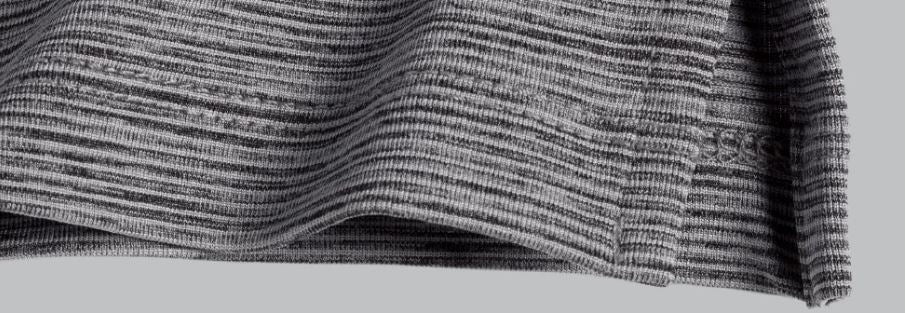
A synthetic fiber, polyester is made from coal, petroleum, air and water. The polyester fibers are created by a chemical reaction of an alcohol and acid. This reaction involves the combination of two or more molecules to form a large molecule with a repeating structure.
Advantages: It’s resistant to stains, holds its shape and doesn’t wrinkle.
DISADVANTAGES It is not as soft as cotton, and is easily shrinkable.
Cleaning Tips: You may wash polyester with cold or warm water in the washing machine, and you can also dry it.
Acrylic – Similar to the softness and bulkiness of wool
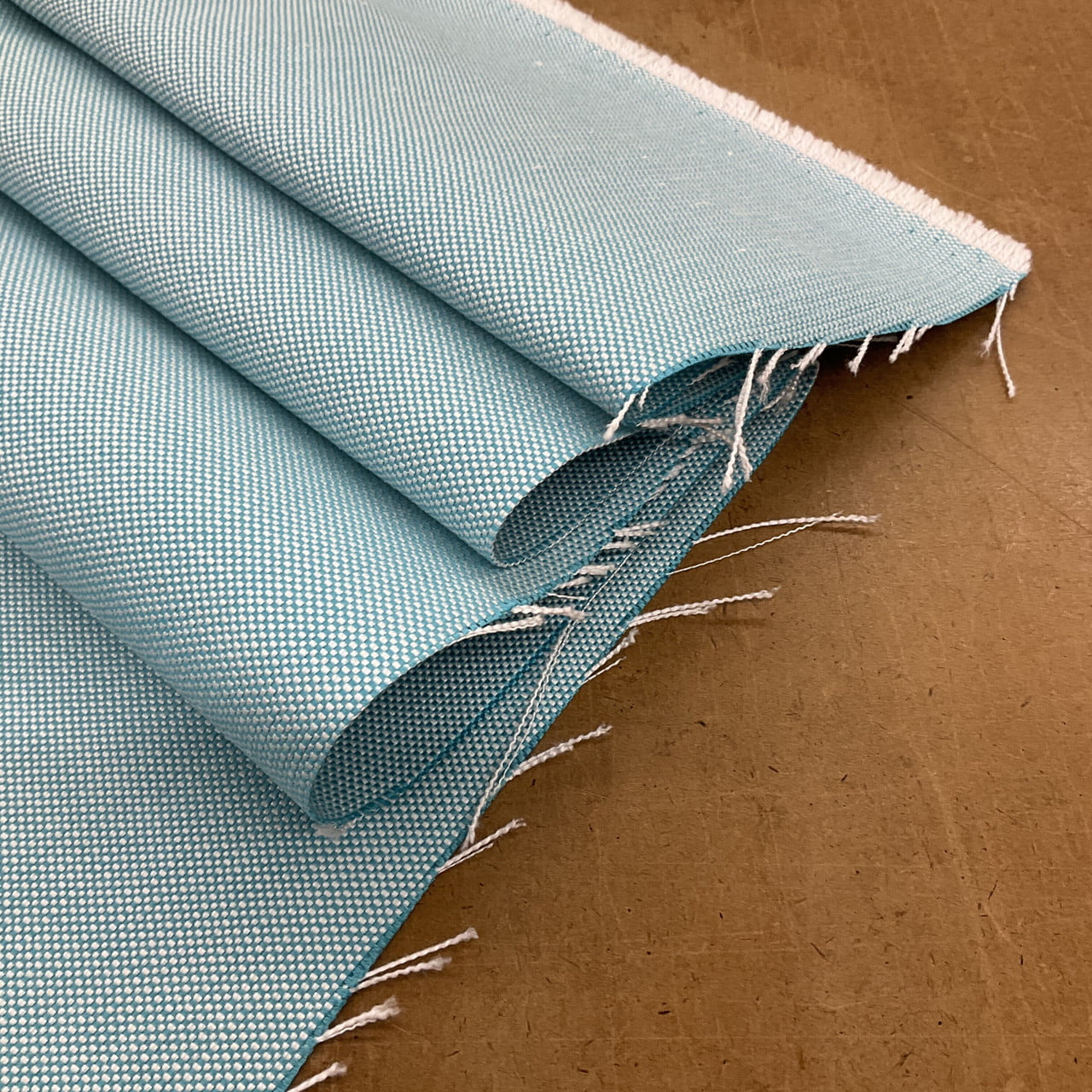
Acrylic can be spun either wet or dried. The polymer is dissolved in solvents and then solidified for spinning.
ADVANTAGES Has a wool-like texture and resists wrinkles.
Disadvantages: Poor insulation and melts when it burns.
Cleaning Tips: You can either wash the fabric by hand or dry clean it. Then gently squeeze the excess water out.
Rayon – A strong and absorbent fibre
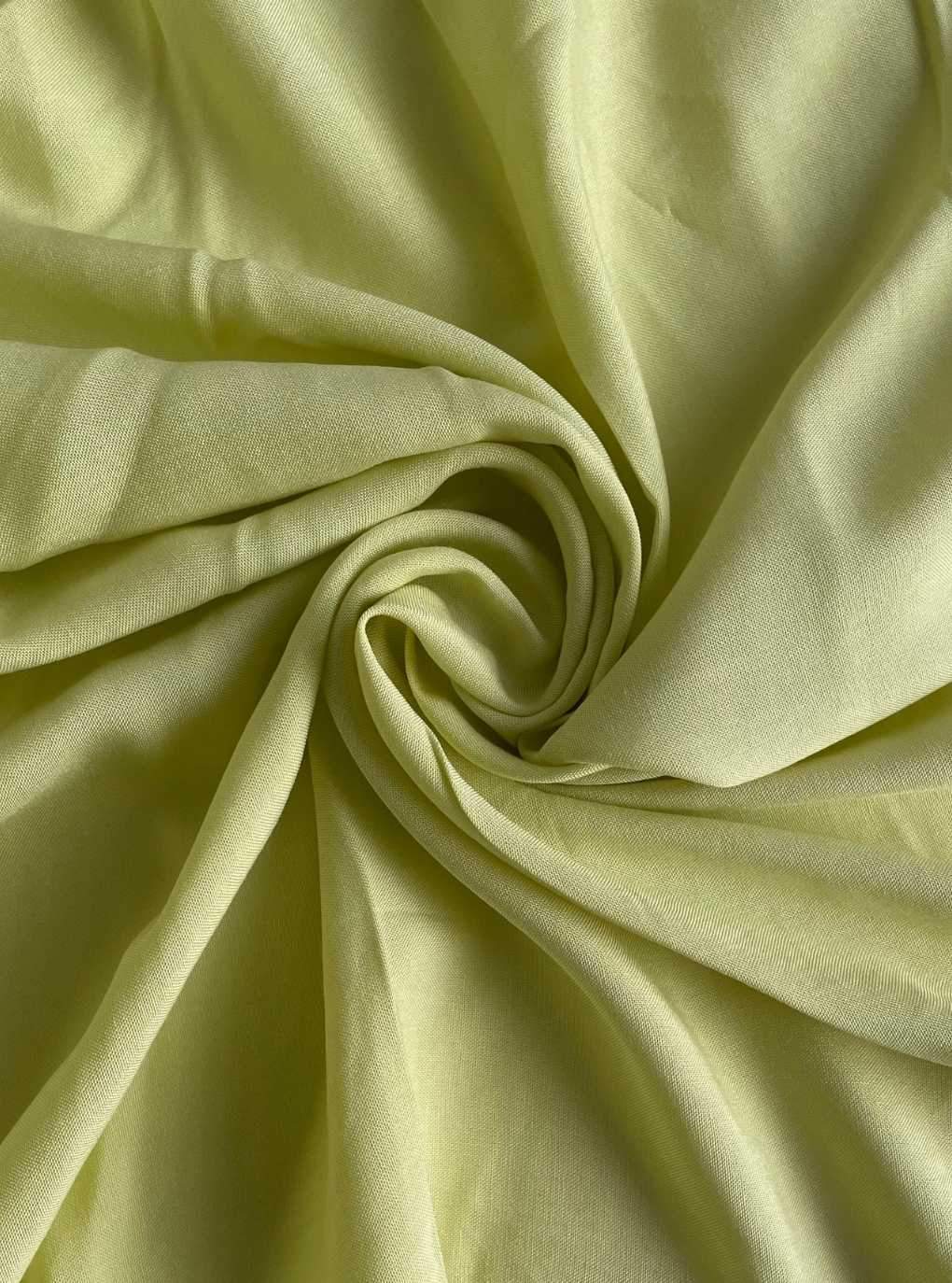
Polyester is generally made from petroleum, from which acids and alcohols can be derived. The polyester fiber can be used to produce filaments and spun yarns. The yarns are then blended with other fibers and used to create various blended fabrics.
ADVANTAGESIs more absorbent than Cotton, and is able to withstand high temperatures.
Disadvantages: Fabric is easily wrinkled, prone to shrinking and fades when exposed to sunlight.
Cleaning Tips: Unless the tag says that it can be machine washed, wash the garment by hand or dry clean. Use lukewarm or warm water for hand washing.
Spandex – Spandex is stretchy and has good recovery
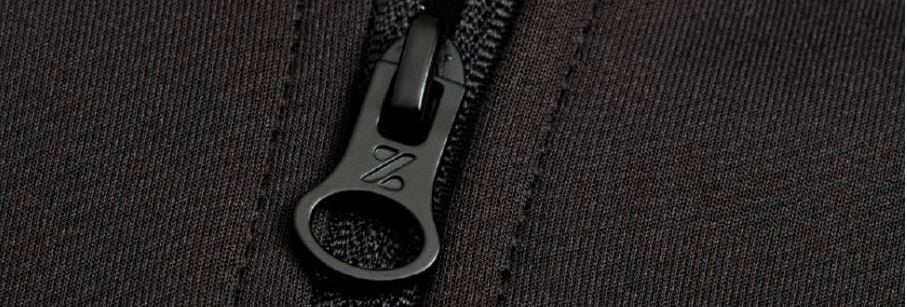
ADVANTAGES: The polymer is a polyurethane long-chain polymer, produced by reacting polyester with diisocyanate. Dry spinning is used to convert the polymer into fiber.
It is lightweight and comfortable, resists perspiration and has great elasticity.
DISADVANTAGES Does not allow skin to breathe and is sensitive to temperature.
Cleaning Tips: You may hand wash or machine-wash spandex clothing using warm water. Dry on low heat.
Acetate – Good body and drapes well
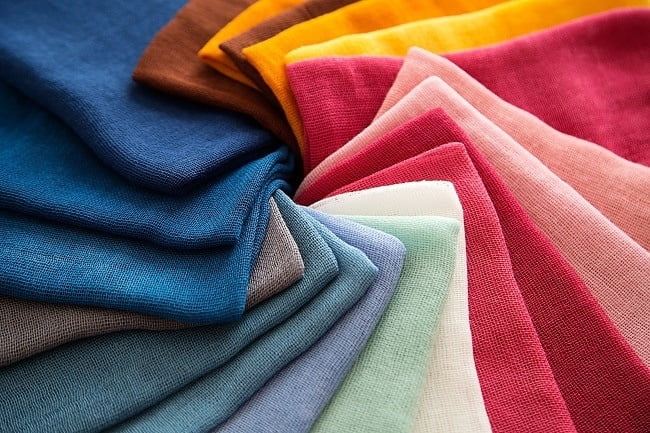
ADVANTAGES: Acetate is produced from wood shavings and other biodegradable substances. Acetate is a man-made fabric that looks similar to silk. It is one the most versatile fabrics.
It has a silky appearance and a luxurious feeling.
DISADVANTAGES The dyes may fade or bleed. It is also heat sensitive and a relatively weak fibre.
Cleaning Tips You should hand-wash acetate clothing with warm water using only a mild detergent. Dry on a line, don’t use a dryer.




